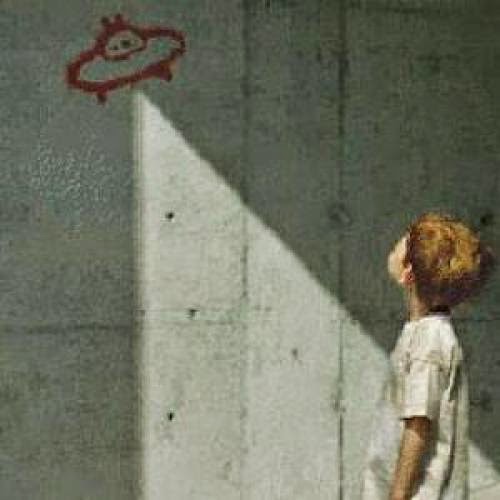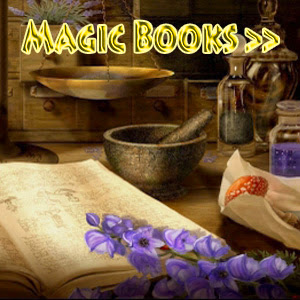
For the fourth entry in my First Read series, I turn to a truly iconic edition of an iconic UFO book. This is Keyhoe at his breathless, confidential best. Flying saucers are real, they come from outer space, the United States Air Force knows this and its personnel are debating what and how to tell the American public before the day, not long off, when the saucers will land on the White House Lawn or Times Square. If the Air Force gets it wrong people will panic.
Keyhoe's style adds much to the atmosphere, it is written as reportage, complete with (fictionalised?) conversations with various people, such as the mysterious Captain Riordan or Wilbur Smith, all piling on the tension. Cold War tensions seethe below the surface, at times the fears about aliens and their intentions become metaphors for the Soviets. They are examining airfields and military bases, perhaps, but hopefully not, planning an invasion. Keyhoe seems to know what is in the minds of the leaders of the Air Force, guessing at their secret intentions.
Flying saucer stories are presented in dramatic terms, a light flashing across the sky becomes a sinister machine travelling at outrageous velocity. A light in the sky that changes direction (or as the viewer, usually a pilot changes direction) becomes a manoeuvring space ship. Keyhoe is not just in the minds of Air Force brass, he is also in the minds of individual witnesses, usually minds filled with ominous possibilities.
This was all very impressive to an 11 year old schoolboy, and if flying saucers were still around when I was grown up, maybe Keyhoe would visit Britain and I could actually meet him. The photographs in the centre of this particular edition all looked impressive back then. Today it looks like one is a hoax, another is a cloud, a third is a bright meteorite, a fourth a reflection on a window.
The scaremongering looks less impressive. The 2 May 1953 crash of the BOAC Comet outside Calcutta was not caused as Keyhoe suggests by collision with a flying saucer but by metal fatigue. There have not been any nuclear explosions on Mars. The 'scientist' Wilbur [i.e. "Wilbert B., see Comments, below") Smith turned out to be a classic contactee maven of the sort even Keyhoe considered to be kooks. The flying saucers have not landed, and many of the tales now look far less impressive. The events in this book are now 60 or more years old.
Perhaps the interest in this book today has less today with the flying saucers, than as a pioneering example of a style of investigative journalism centred very much on hints from various semi-whistle blowers and tight lipped officials, and of the many novels and films that revolve around the plot of the gallant investigative reporter on the trail of the "big secret", which is only known of in whispers. -- PETER ROGERSON
Reference: greys-area.blogspot.com






0 comments:
Post a Comment